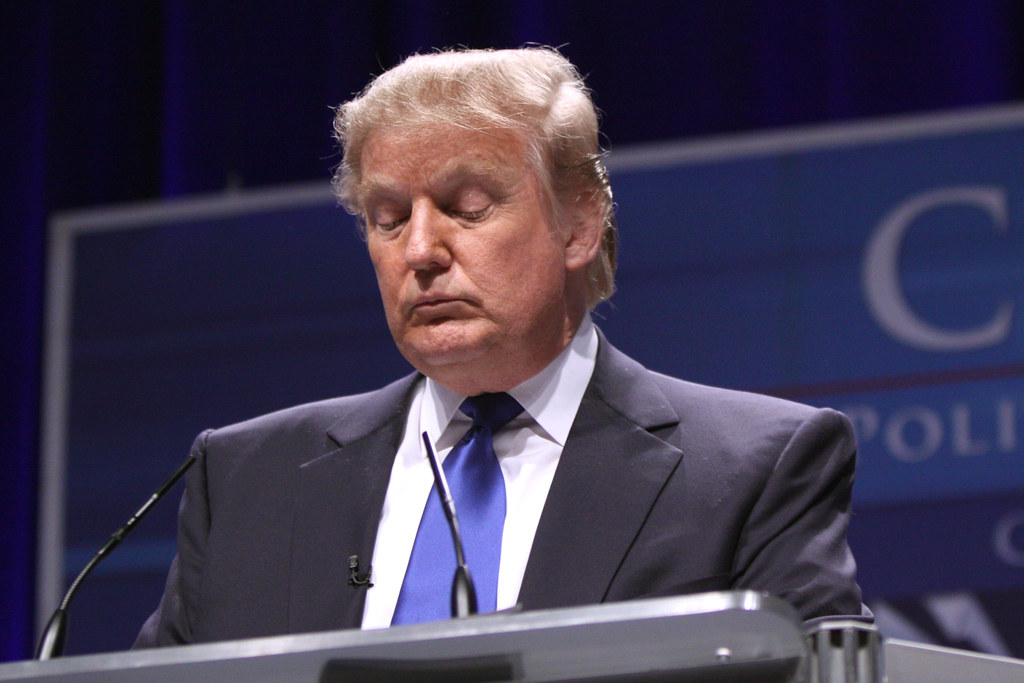Key Takeaways:
- Trump’s administration has removed Biden-era restrictions on civilian firearm exports.
- The changes allow U.S. gun makers to sell to 36 high-risk countries.
- Officials say the move will boost American gun exports by hundreds of millions yearly.
- Critics fear the weapons may reach criminals and terrorists more easily.
Understanding Gun Exports
The U.S. is one of the world’s top arms exporters. That includes military-grade weapons and civilian firearms, like handguns and hunting rifles. In past years, rules changed depending on who was in the White House. These rules often aim to control who can buy American-made guns and make sure they don’t fall into the wrong hands.
The term “gun export rules” refers to laws and policies that control how and where the U.S. can sell firearms overseas. These rules affect American gun manufacturers, foreign buyers, and even global security.
What Changed This Week?
On Monday, the Trump administration announced that it is reversing some rules introduced during President Biden’s term. More specifically, they are cancelling a set of firearm export restrictions. Those rules had limited the sale of civilian firearms to 36 foreign countries considered high-risk. These countries were flagged because U.S. officials worried the guns could end up with criminal groups or terrorists.
Now, the old gun export rules that existed during Trump’s first term are back. That means fewer restrictions are in place, and U.S. gun makers have more freedom to sell firearms abroad.
Why Did the Rules Exist Before?
Biden-era leaders placed those limits to make sure American guns didn’t fall into dangerous hands. They believed stricter rules could reduce the chances of weapons being used for violence in conflict zones or by organized gangs.
The decision to restrict access was also meant to hold America more accountable. It followed several cases where U.S.-made firearms appeared in illegal activities overseas. Critics warned that once a gun is shipped out, it’s hard to make sure it stays with its legal buyer.
Trump’s team sees things differently.
Why Bring Back the Old Gun Export Rules?
According to the U.S. Commerce Department, this rollback is meant to support American businesses—especially those who manufacture firearms. They claim the change will lead to “hundreds of millions of dollars” in new export sales every year. The Department of Commerce also said that U.S. gun makers had pushed for the rule reversal, arguing that the Biden limits blocked them from competing in the global market.
Officials say bringing back the old gun export rules gives American companies more chances to grow and create jobs. To them, it’s an economic decision rather than a political one.
Reactions from Both Sides
The move has brought mixed reactions. Supporters, mostly from the firearms industry and gun rights groups, praised the change. They say that American-made guns are already trusted globally and that manufacturers should not be restricted unless there’s clear wrongdoing.
On the other hand, critics point out that the same rules were put in place to prevent misuse. They worry the relaxed gun export rules could fuel violence in nations that already have unstable governments or where terror groups are active.
Some lawmakers and arms-control experts argue that once American guns reach those “high-risk” nations, there’s little control over where they end up. They see this decision as a step backward in keeping the international community safe.
A Closer Look at the 36 “High-Risk” Countries
Though the Commerce Department has not published the full list of affected countries, experts believe many of them are politically unstable or face high rates of organized crime. Some may lack the enforcement tools to stop weapons from spreading beyond legal buyers.
In past years, American guns have shown up in places like Central America, West Africa, and Southeast Asia—even in the hands of groups the U.S. officially calls terrorists.
Critics say more should be done to track and confirm where exported firearms eventually go. They suggest using improved monitoring systems and better end-user verification.
What’s Next for U.S. Firearm Exports?
With the gun export rules now pulled back, U.S. manufacturers are already re-engaging with buyers in previously restricted countries. Companies hope to see contracts signed in the coming months. However, it remains unclear whether any new steps will be taken to control where those weapons ultimately land.
Some expect lawsuits or legislative pushback from arms control groups and certain members of Congress. For now, the rules favor business interests over global safety concerns—at least from the viewpoint of critics.
The debate over gun control and global arms trading isn’t going away anytime soon. Future U.S. administrations may decide once again to rebuild restrictions if problems arise from the latest rule changes.
The Big Picture
Gun export rules may seem like a small issue, but they have a big impact. They help decide whether American weapons end up protecting law and order—or fueling chaos elsewhere. Bringing back the Trump-era policies opens new sales channels but also invites big questions about security.
As U.S. gun makers celebrate a new wave of business opportunities, many wonder at what cost those gains might come.
FAQs
Why did Trump remove the Biden firearm export rules?
Trump’s administration said the Biden restrictions were bad for American gun manufacturers. They claimed lifting the rules will help U.S. companies boost profits and job growth.
Which countries were considered high-risk?
Though the full list isn’t public, experts believe the 36 countries include places with weak government controls, high crime rates, and the presence of terrorist groups.
How do gun export rules affect global safety?
Export rules help limit where and how weapons can be used. Without strong rules, guns may fall into the hands of criminals or violent groups, worsening conflict in certain areas.
Will there be efforts to bring back restrictions?
Possibly. Lawmakers and arms control groups may try to pass legislation or legal roadblocks to introduce tighter rules again in the future.

